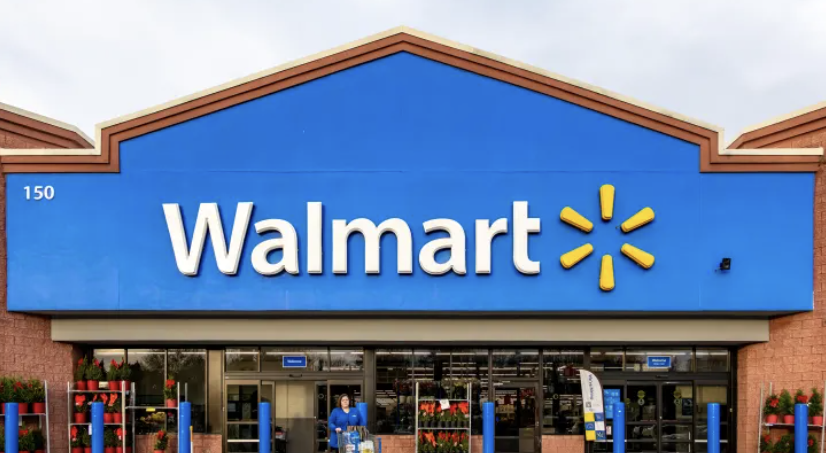Every year, thousands of businesses dream of landing a coveted vendor number with Walmart, the world’s largest retailer. The opportunity is massive — access to millions of shoppers and nationwide shelf space. But the reality is sobering: over 98% of the companies that approach Walmart each year walk away without a deal.
So why do some brands succeed while most don’t? At Retailbound, we’ve worked with countless product startups and established brands, and we’ve seen what separates successful Walmart vendors from those that get rejected.
Sometimes the product is simply too expensive for Walmart’s value-driven customers. Other times, the timing isn’t right — the buyer may have already committed to another vendor to fill the same category. And in some cases, it’s not the product at all, but rather the company’s readiness (or lack thereof) to do business with a major retailer.
Below is our Top 10 list of reasons why companies and their products get rejected by Walmart — or any large retailer — year after year.
Top 10 Reasons Companies Get Rejected by Walmart
- The company wasn’t financially ready to do business with the retailer.
Walmart expects vendors to handle large purchase orders, offer competitive payment terms, and maintain consistent inventory. If your company doesn’t have the cash flow or operational capacity to scale, it’s a red flag for any major retailer. - The product didn’t have a proven sales track record.
Retail buyers want to see real-world performance data. If your product hasn’t sold successfully online, through smaller retailers, or via Amazon, it’s hard to convince a buyer to take the risk. - Poor packaging design.
Your packaging should communicate value, stand out on crowded shelves, and appeal to Walmart’s diverse customer base. Unclear branding, weak visuals, or low-quality materials can all be deal-breakers. - No merchandising or display plan.
Retailers want to know how your product will look and perform in their stores. Having a strong display or planogram strategy shows you understand retail execution. - Lack of a marketing plan or marketing support.
Walmart expects brands to invest in driving traffic to their product, both in-store and online. Without a solid marketing plan — including promotions, social proof, and digital advertising — your product can get lost. - Failure to do proper buyer research.
Walking into a Walmart buyer meeting without understanding the category, competition, or the retailer’s expectations is one of the biggest mistakes a vendor can make. - Incorrect or uncompetitive pricing.
Pricing must align with Walmart’s value proposition. If your cost structure doesn’t allow you to offer a strong retail margin, your chances of getting listed are slim. - Weak or ineffective buyer presentation.
A great product won’t sell itself. Your presentation needs to be concise, data-driven, and visually compelling — showing the buyer why your brand adds value to their assortment. - Limited market appeal.
If your product only serves a small niche or lacks mainstream relevance, it may not be a fit for Walmart’s broad audience. - The product wasn’t truly market-ready.
Retailers want proven, production-ready products — not prototypes. Missing certifications, supply chain issues, or untested packaging can all kill the deal.
As a former retail buyer for two billion-dollar retailers, I’ve seen these mistakes time and time again. In my experience, the most common reasons for rejection were #1 (financial readiness), #2 (sales track record), #5 (marketing support), and #6 (lack of preparation).
Whether you’re pitching Walmart, Target, Costco, or any large retailer, the lessons are the same:
- Do your homework.
- Build a solid operational and financial foundation.
- Make sure your product is market-ready before you approach a buyer.
Success in retail doesn’t happen overnight — but with the right preparation, your brand can be in the small percentage that makes it onto Walmart’s shelves.
Good luck and good selling!



